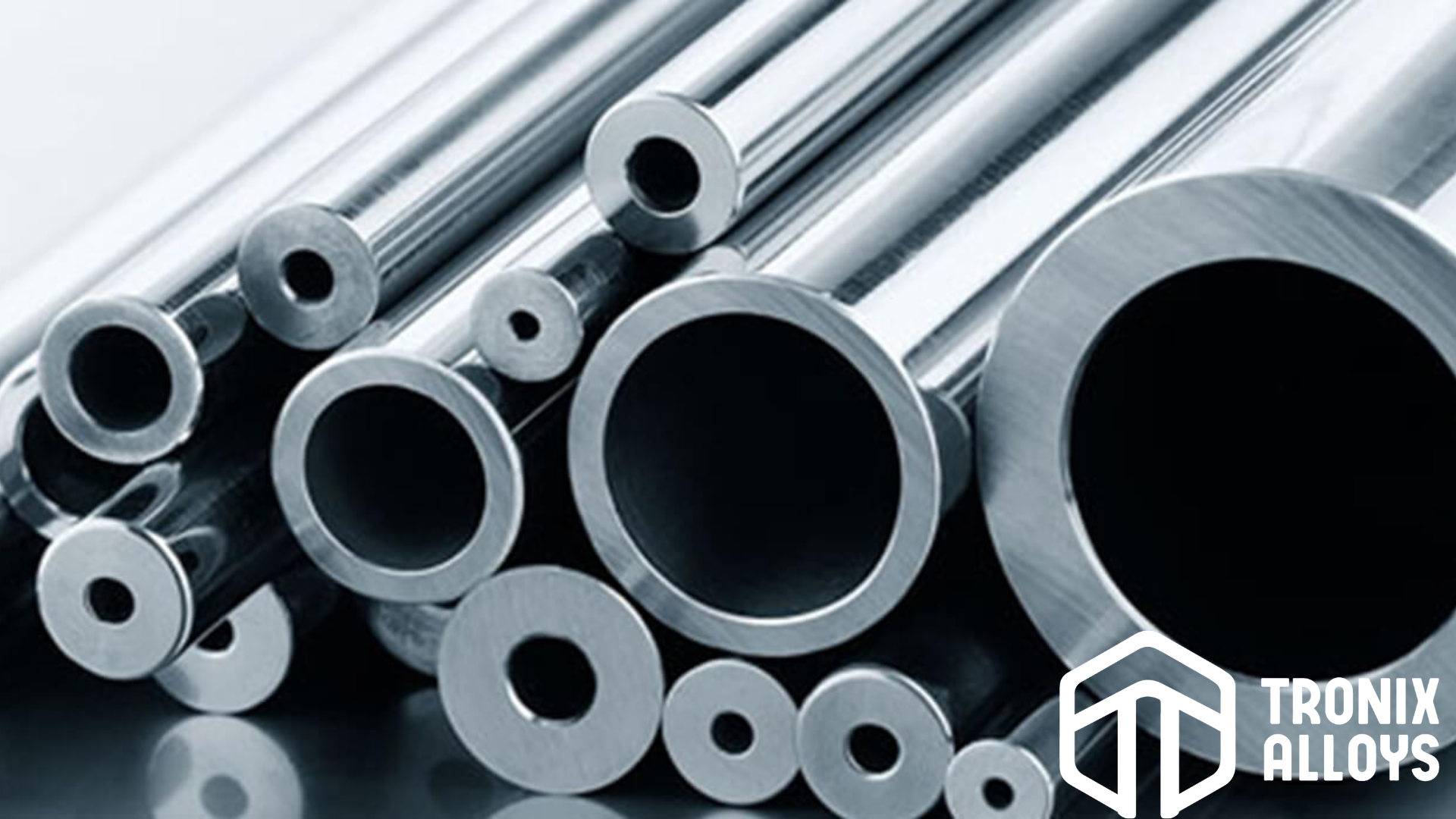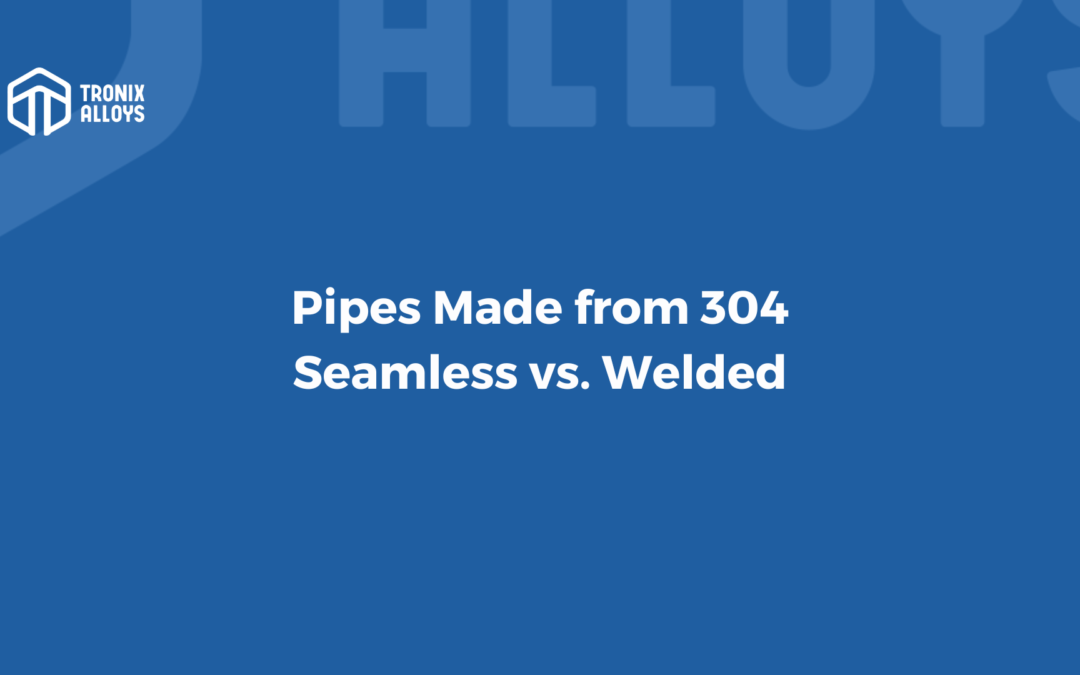There are many methods of making seamless steel pipe. One of them is the use of billet steel. As the steel is heated and pushed or pulled over a form, it is molded into a hollow tube. Seamless pipes can come in many different sizes and schedules. Nevertheless, there is no manufacturing of large diameter seamless pipes. However, seamless pipes are commonly used as pipe fittings, such as bends, elbows, and tees. Since a seamless stainless steel tubing has no seams, it is able to withstand high temperatures equally, whereas a pipe with seams is generally weak at the spot of welding. As a result, the seamless steel tube can withstand high pressures equally at its entire diameter.
There are two types of seamless steel pipe, namely, the solid steel pipe and the hollow tube. The seamless steel pipe is an integral tube with one end attached to another, without any welding joints. The seamless pipe has threads at either end of it, but they can also be threaded to both ends of a hollow tube or pipe. It is important to note, however, that since seamless pipes lack the welding line, they can stand up to the weight they carry and remain intact. It is well known that seamless pipes are widely used in a range of commercial applications because of their strength and anti-bending properties, and not only in oil fields, but also in shipbuilding, offshore drilling rigs, pressure vessels, manufacturing, chemical industries, and other industries.
Stainless Steel Pipes of various grades can be found in the industry today. A few of the most commonly used Stainless Steel Grades are Stainless Steel 304 Pipes and Stainless Steel 316 Pipes. There are two types of Stainless Steel Pipes in the industry today. These pipes are available in both Seamless and Welded forms. There are many applications where stainless steel pipes 304 can be used, for example in industries that require high corrosion resistance. Stainless steel welded pipes 316 are generally used in marine industries.
A Welded / Electro-resistance Welded pipe is made by cold forming a steel coil into an elongated cylindrical tube. This is done by using a machine to bend the steel coils into a circular shape. As part of a continuous phase, the first plate or coil is rolled into a circular section with a plate bending machine or by way of a roller, creating a welded pipe. In the event that a circular segment of the pipe is rolled from the plate, the pipe can then be welded using filler material or not. It is possible to produce welded pipes in large sizes without having to worry about the upper limits. As a result of the use of welding with filler material, long radius bends and elbows can be produced using welded pipe. Since welded pipes are cheaper than seamless pipes, they are also weaker due to the fact that they are welded together. It is usually used to transport liquids, such as fuel and gas, and plays an important role in the world line pipe transporting industry. The one of the greatest benefits of ERW pipes is that during the manufacturing process, only the sst tube billet ends are heated, so the entire ERW pipe stays clean and does not need to be cleaned other than the welding component, which comes with the pipe. There is a big difference in the process of cleaning after welding, which leads to an increase in the quality of the finished work and significant savings for the company. Furthermore, due to the almost flawless and smooth surface of ERW pipes, coatings can be applied easily with them due to their nearly clean and smooth surface.
These pipes are made from steel strips or steel plates. A steel plate is bent first and then welded into a round, square, or other shape through the manufacturing process. SS 304 Welded Steel Pipe has high production efficiency, low cost, and material saving properties. A wide range of industries have used it, including aviation, aerospace, energy, electronics, automobiles, and light industry. It resists corrosion in acidic environments well.
Difference between Stainless Steel 304 seamless and Stainless Steel 304 welded pipes
As a result of the presence of a weld tube seam in welded SS 304 pipes, it is commonly believed that these pipes are intrinsically stronger, but stainless Steel 304 seamless pipes lack this perceived structural fault, making them safer to handle. There are some issues with SS 304 welded pipe, such as the seam that could make it potentially weaker, however, production techniques and quality assurance procedures have both improved so that, if tolerances are not exceeded, SS 304 welded pipe will work according to expected. In spite of the obvious benefits of seamless process piping, there is a criticism that the rolling and stretching operation results in an irregular wall thickness when compared to the more precise wall thickness of steel sheets that are welded together. The work pressure that can be applied to welded SS 304 steel pipes is 20 percent lower than the working pressure that can be applied to seamless SS 304 steel pipes. Because of the raw material, production equipment, and processes, the cost of SS 304 seamless steel pipes is usually higher than that of SS 304 welded steel pipes. Stainless steel 304 seamless pipes have a higher pressure capacity and strength than welded stainless steel 304 pipes.

Length:
As compared to seamless steel pipes, welded tubes are more commonly manufactured in long continuous lengths, although seamless steel pipes are fairly short.
Corrosion:
In most cases, seamless steel pipes will never display any signs of corrosion as long as they are not exposed to highly corrosive conditions, while the welding area of welded pipes is much more susceptible to corrosion attacks because the welding area is highly exposed to these corrosion effects. A welded area is commonly known to be inhomogeneous and, as such, demonstrates varying malleabilities, less resistance to corrosion, and greater dimensional variability as well as exhibiting higher rates of corrosion. In addition, seamless steel pipes are resistant to corrosion to a high degree, meaning that such pipes can be used without any problems.
Costs and prices:
Seamless steel pipes have a higher price tag than welded steel pipes due to the raw materials that are used, equipment used and production processes incorporated in their production. There may be times when the market pressure makes the welded pipe more expensive and if this is the case, don’t hesitate to avoid it by buying a seamless steel pipe of the same size, if the market pressure is not too strong.
The difference in appearance:
Seamless steel pipe is manufactured using steel billets as the raw material. When a billet is manufactured, it has exterior surface defects that cannot be removed through the hot rolling process, in fact, these defects are only removed through polishing after the product has been produced. There is a possibility that the defect can only be partially removed in the course of reducing the wall. As welded steel pipes are made from a hot-rolled coil as raw material, the surface quality of the coil is the same as the surface quality of the pipe, so the process of managing the surface quality is relatively simple. There is a superior quality of the surface on the hot-rolled coils due to the way they are rolled. Due to this, the surface consistency of welded steel pipes is much higher than that of seamless steel pipes.
Molding Methods:
Welded and seamless steel pipes are molded in primarily different ways. There are a number of ways in which seamless steel pipes can be formed, one of which is by rolling them. With the help of different welding methods and steel strips or steel plates, welded steel pipes can be made from steel strips or steel plates.
Performance:
Seamless steel pipe has a better pressure capacity, higher strength, and fewer defects than ERW welded steel pipe. This explains why it is widely used in high-pressure equipment, as well as the thermal and boiler industries. There is generally a weak point in the welding process of welded steel pipes, and the quality of the welding seam will affect the overall performance of the pipes. A welded steel pipe is generally considered to be able to withstand 20% less working pressure than a seamless steel pipe. There are many reasons why people prefer seamless steel pipes over other types of pipes, including their reliability.
Usage:
A seamless pipe is the most common type of pipeline for industrial applications because it is subjected to extreme temperatures, chemical reactions, and mechanical stress. As a matter of fact, most industrial pipelines use seamless pipes. There are a number of industries, including aerospace, automobile, and electronics, where welding pipes are more popular, as both the budget and the pressure placed on these pipes are comparatively low.
Welding performance:
The chemical composition of welded steel pipes and seamless steel pipes differs marginally in terms of their thickness and have a few differences in their chemical compositions. The basic requirements for manufacturing seamless tubing steel components are set by ASTM.
Wall thickness and diameter:
There is no better method to manufacture a small thin-walled pipe than by welding the wall. A large thick-walled pipe should be made by seamless tube means.


Seamless steel pipes come in two types: solid steel pipes and hollow steel tubes. In seamless steel pipes, one end is attached to the other without welding.
Stainless steel seamless pipe is produced by hot rolling, cold rolling or cold drawing round steel billets.
Flat steel plates are used to make welded steel pipes, with joining seams on the pipe body.
There are a number of ways in which seamless steel pipes can be formed
But they can also be threaded to both ends of a hollow tube or pipe.